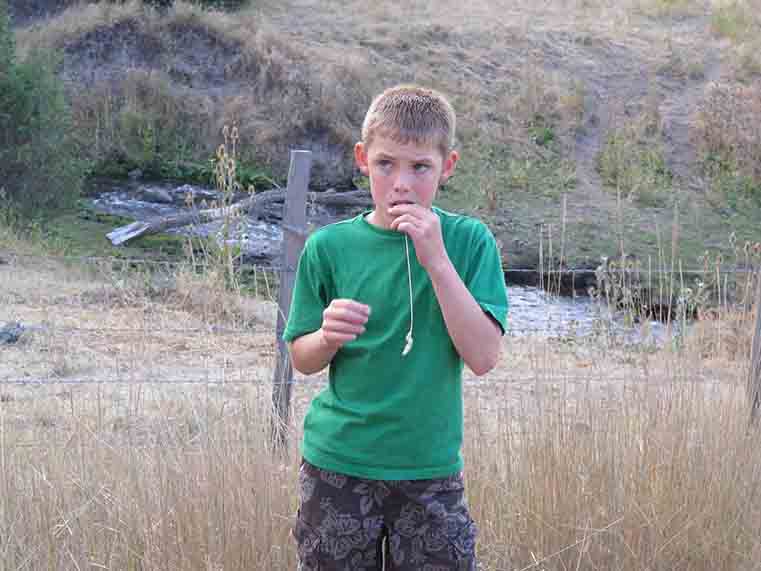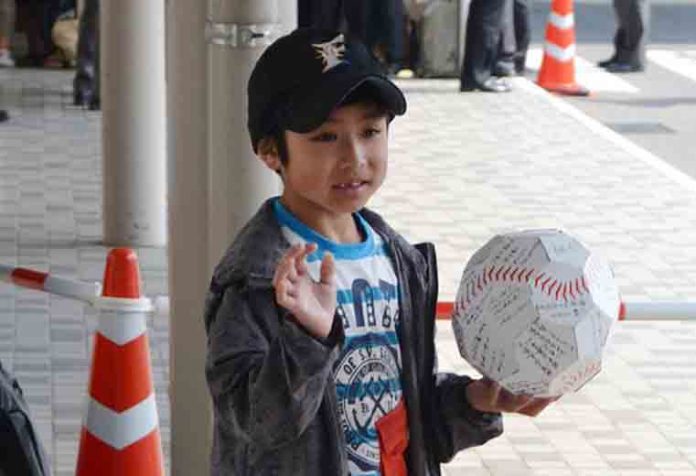In a harrowing account that has sent shockwaves through the community, a boy’s life took a dramatic and terrifying turn, forever changing what was once a sanctuary of innocence. Initially a place of warmth and comfort, the coop in question became the site of unimaginable horror. Sources reveal that the boy, aged 10, was drawn into a world filled with dread following a series of ominous events that escalated swiftly. What was meant to be a fun-filled hobby of caring for animals spiraled into a nightmare, marked by isolation, fear, and trauma as whispers of cruelty and neglect surfaced.
The transformation of this once-beloved space raises critical questions about the safety and well-being of children in seemingly benign environments.Community members are grappling with the shocking revelations, including claims of psychological manipulation and physical confinement that turned the coop into a scene reminiscent of a horror film. Key details of the ordeal include:
- Restricted access: Friends and family were reportedly barred from visiting.
- Terrifying conditions: The boy was exposed to environmental hazards that led to significant fear and anxiety.
- Manipulative tactics: Testimonies suggest emotional abuse tactics were employed to maintain control.
This complex case sheds light on critical issues surrounding child welfare and highlights the importance of vigilance in protecting our youth.As investigators gather evidence and unravel the threads that led to this tragic transformation, the community’s demand for accountability grows louder.
Psychological Impact: Understanding the Boy’s Trauma and Its Long-term Effects
The aftermath of the boy’s harrowing experience in captivity reveals a complex web of psychological repercussions that are as profound as they are troubling. Trauma, especially from such extreme circumstances, can manifest in numerous ways, impacting the individual long after the physical ordeal has ended. Experts note that the boy may exhibit signs of post-traumatic stress disorder (PTSD),leading to a range of emotional and behavioral challenges. Common symptoms may include:
- Flashbacks – Re-experiencing the traumatic events as if they are happening again.
- Avoidance behaviors - Steering clear of situations or conversations that remind him of his experiences.
- Increased anxiety – Heightened feelings of fear and anxiety that affect daily functioning.
Moreover,the long-term effects of such trauma can be insidious,frequently enough surfacing years later when individuals attempt to reintegrate into daily life. The disruption of normal social behavior can lead to challenges in forming relationships and difficulties in trust, with the boy possibly struggling to relate to peers. Behavioral specialists warn that without appropriate intervention and therapy, the scars of his past might hinder his emotional growth and contribute to long-lasting issues such as depression, low self-esteem, and even potential substance abuse as coping mechanisms manifest. The need for complete psychological support cannot be overstated in aiding his recovery journey and helping him reclaim a sense of normalcy.
 Community response: How Neighbors and Authorities Can Advocate for Child Safety
Community response: How Neighbors and Authorities Can Advocate for Child Safety
In the wake of the harrowing events that have unfolded, the narrative surrounding child safety has never been more critical. Neighbors are uniting in a call to action, emphasizing the importance of vigilance and immediate reporting of suspicious activities. Simple yet effective measures can empower communities to create a safer environment for children. Witnesses have already begun mobilizing resources, which include:
- Organizing neighborhood watch groups that actively monitor local areas.
- Hosting community meetings to raise awareness about child safety and sharing valuable resources.
- Encouraging open lines of dialog between parents, teachers, and children to foster a sense of trust and transparency.
Simultaneously occurring, local authorities are stepping up their efforts, recognizing the urgent need for comprehensive strategies to protect children. Police departments and child protection services are collaborating to ensure a rapid response to any complaints regarding suspicious behavior. This multifaceted approach includes:
- Strengthening partnerships with social service organizations to provide support for at-risk families.
- Implementing education programs in schools that focus on self-defense and awareness for children.
- Enhancing community policing initiatives to build rapport between law enforcement and residents, fostering a safer neighborhood.
 Preventative Measures: Recommendations for Guardians to Foster Safe environments
Preventative Measures: Recommendations for Guardians to Foster Safe environments
Creating a safe and nurturing environment for children is paramount in today’s world. Guardians should consider implementing a range of proactive strategies to minimize risks and foster security. It’s essential to establish open lines of communication with children, ensuring they feel comfortable discussing their concerns and experiences without fear of judgment. Encouraging them to voice their feelings can definitely help in identifying potential threats and reinforcing their sense of agency.
Moreover, guardians should remain vigilant about their child’s surroundings and the individuals they interact with. Here are some recommendations to strengthen safety measures:
- Conduct regular safety assessments of homes and nearby areas to identify potential hazards.
- Educate children about boundaries, safe spaces, and the importance of trusting their instincts.
- Implement routine check-ins, whether through scheduled times for phone calls or text messages.
- Encourage participation in community programs that emphasize safety awareness and build strong support networks.
- Stay informed about local crime trends and engage with community resources, such as neighborhood watch groups.
By being proactive, guardians can create a resilient safety net that empowers children to navigate their environments safely. A nurturing yet watchful approach is critical in safeguarding against unforeseen dangers.









